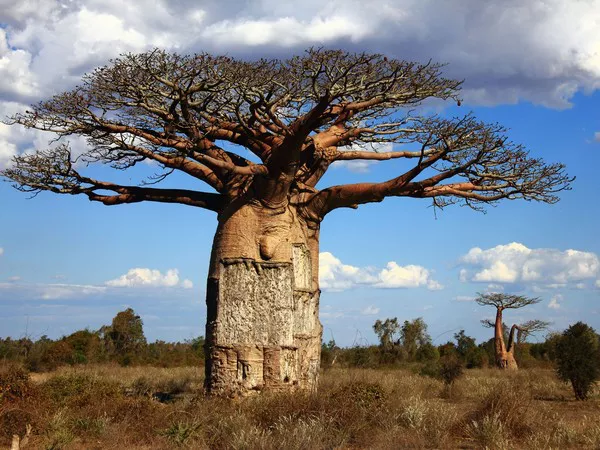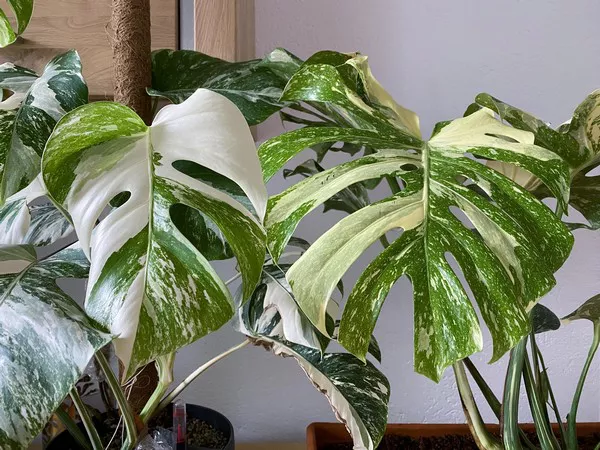The natural world is home to awe-inspiring wonders, and among them stand the towering giants – the world’s largest trees. These arboreal behemoths, with their majestic heights and impressive girths, captivate our imagination and serve as living testaments to the incredible power of nature. In this exploration, we embark on a journey to discover the 10 biggest trees on our planet, unveiling the remarkable stories behind these botanical marvels.
The World’s 10 Largest Trees
1. General Sherman:
Our journey begins in the heart of California’s Sequoia National Park, where General Sherman, a colossal giant sequoia, reigns supreme. Standing at an astonishing height of 275 feet (83.8 meters), General Sherman is recognized as the world’s largest tree by volume. Estimated to be around 2,200 years old, this ancient giant is a testament to the resilience and longevity of the sequoia species.
2. Hyperion:
Venturing to Northern California, we encounter Hyperion, the reigning champion in terms of height among the world’s trees. Hyperion, a coast redwood (Sequoia sempervirens), stands proudly at a staggering height of 379.7 feet (115.7 meters). This majestic giant, discovered in 2006, resides within the Redwood National Park and continues to awe visitors with its soaring presence.
3. Centurion:
Crossing continents, we find ourselves in Tasmania, Australia, where Centurion, a mountain ash (Eucalyptus regnans), holds the title of the tallest hardwood tree. Reaching an impressive height of approximately 327.5 feet (99.8 meters), Centurion stands as a testament to the diverse and remarkable flora found in the Southern Hemisphere.
4. El Árbol del Tule:
Our journey takes us to the town of Santa María del Tule in Mexico, where El Árbol del Tule, a Montezuma cypress (Taxodium mucronatum), graces the landscape. This ancient giant boasts a colossal girth, measuring around 119 feet (36.5 meters) in circumference. Estimated to be over 2,000 years old, El Árbol del Tule is not only a natural wonder but also a symbol of cultural significance.
5. Doerner Fir:
In the lush forests of Oregon, USA, stands the Doerner Fir, representing the impressive Douglas fir species. With a height of approximately 327 feet (99.4 meters), the Doerner Fir ranks among the tallest trees in the world. Nestled within the Oregon Coast Range, this towering giant showcases the grandeur of the Pacific Northwest’s arboreal treasures.
6. President:
Returning to California, we encounter another majestic giant sequoia named President. This impressive tree, standing at a height of 247 feet (75.3 meters), draws admirers in Sequoia National Park. Estimated to be over 3,200 years old, President exemplifies the enduring legacy of these ancient giants in the Sierra Nevada mountain range.
7. Alerce:
Our exploration continues in the Andes of South America, where the Alerce (Fitzroya cupressoides) stands as a symbol of longevity and resilience. With an approximate height of 203 feet (62 meters), this ancient conifer is one of the oldest living trees globally, with some specimens believed to be over 3,600 years old.
8. Pando:
Our journey takes a unique turn as we delve into the underground forest of Pando in Fishlake National Forest, Utah. Pando, often referred to as the Trembling Giant, is a clonal colony of quaking aspen (Populus tremuloides) trees connected by a single root system. While not the tallest, Pando is considered one of the heaviest and oldest organisms on Earth, with an estimated age exceeding 80,000 years.
9. Stratosphere Giant:
Returning to California’s Redwood National Park, we encounter the Stratosphere Giant, a coastal redwood reaching a height of approximately 370 feet (112.8 meters). This majestic giant, along with its towering counterparts, contributes to the awe-inspiring beauty of the coastal redwood forests.
10. Yakushima Jomon Sugi:
Our final destination transports us to the mystical forests of Yakushima, Japan, where the Jomon Sugi cedar (Cryptomeria japonica) stands as a living testament to the passage of time. Estimated to be over 2,170 to 7,200 years old, the Jomon Sugi has survived centuries, making it one of the oldest trees in Japan and a revered natural monument.
See Also: 8 Most Common Sunflowers On Earth
Conclusion:
The world’s largest trees, scattered across continents and climates, invite us to marvel at the resilience, diversity, and sheer grandeur of nature. From the towering heights of California’s sequoias to the ancient cypresses of Mexico and the clonal groves of Utah, each of these giants tells a story of endurance, adaptation, and the intricate interconnectedness of the natural world. As we stand in awe of these arboreal wonders, we are reminded of the importance of conservation and stewardship to ensure the continued existence of these magnificent giants for generations to come.
You Might Be Interested In:



























